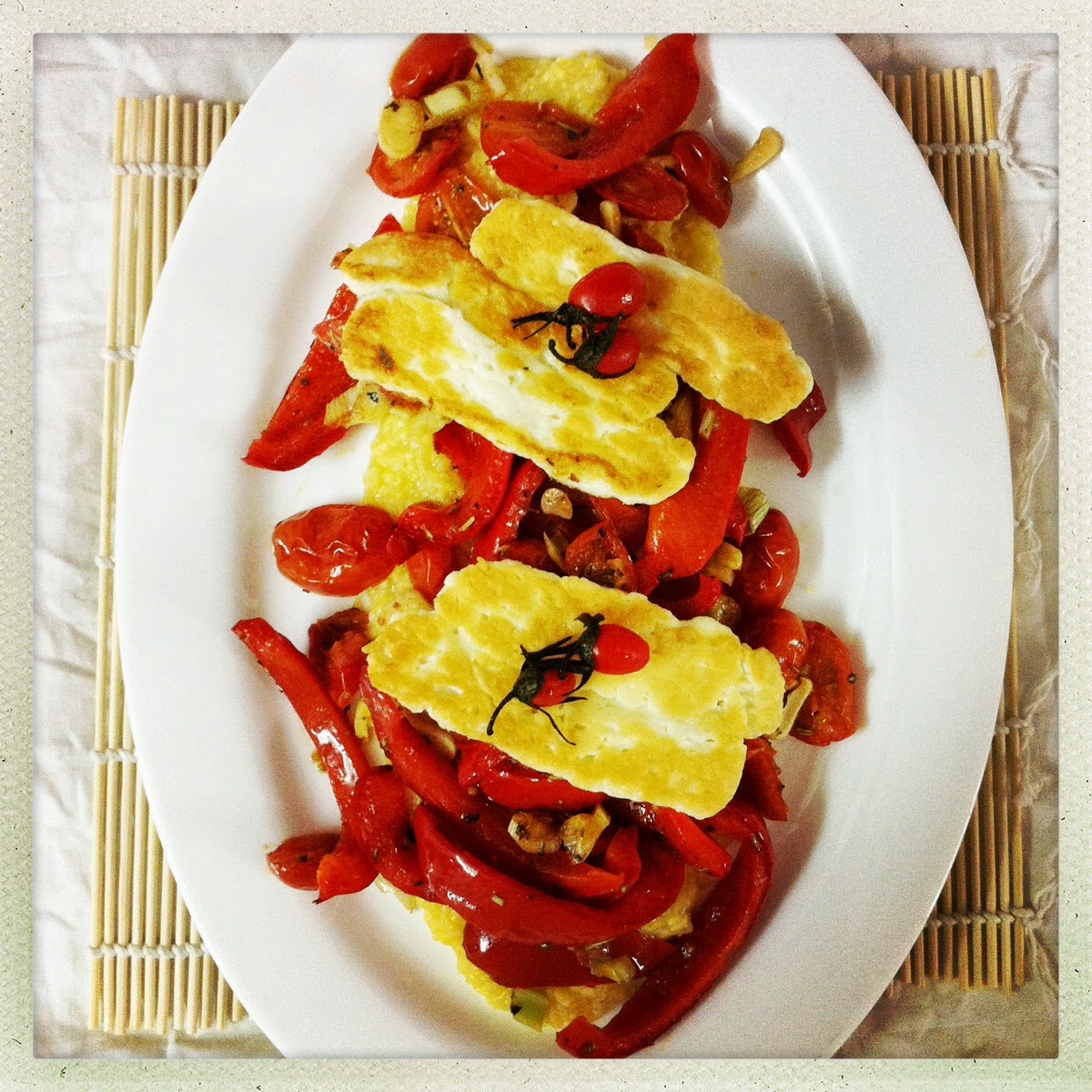If you do not have matcha green tea powder (I myself have only recently come into possession of it), just use some other Japanese green tea (Sencha, Gyokuro) and try to pulverise it as much as possible. The colour will not be quite as bilious, but the taste is just as good.
Ingredients (makes 24):
For the dough:
240g flour
1/4 tsp salt
1/2 tsp baking powder
340g caster sugar
170g butter
2 large eggs
10ml milk
2 tbsp matcha green tea powder (or crushed sencha or gyokuro tea leaves)
For the topping:
For the topping:
200g butter
200g Philadelphia (or any other cream cheese)
600g icing sugar
1 tbsp matcha green tea powder
Preparation:
Preheat the oven to 175ºC. Mix together the dry ingredients (flour, salt, baking powder and matcha powder). Place the butter into a separate bowl and beat until soft (do not melt it!) and then add the caster sugar. Mix the two until you obtain a pale and fluffy mass. Add the eggs and sift in the dry mix. Add the milk. Fill the cupcakes forms until 2/3 full and bake for 15-20 minutes until the tops are soft to the touch and a toothpick comes out clean.
While baking the cupcakes, put the Philadelphia in a bowl and beat until creamy. Place the butter and 1/3 of the icing sugar into a separate bowl and mix until fluffy. Sift in the rest of the sugar and matcha powder and at the end, add the cream cheese. Chill until ready to pipe, then decorate the cupcakes!
 CONTINUE READING
CONTINUE READING

























